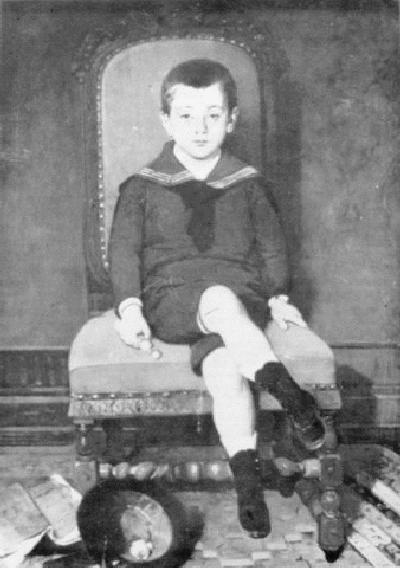
Figure 1.--Nikiforos Lytras painted "Portrait of a Boy" in 1879. Angori means "boy" in Greek. Clearly the sailor suit fashion by 1879 is well-established in Greece, at least for boys in affluent families. |

|
Nikiforos Lytras was another important artist of the Munich School. Greek art in the 19th century was dominated by the Munich School. Lytras like many other contempraries studied at the Academy of Munich as was greatly influenced by the conservative approach he learned there. His many genre works preserve scenes of the life and customs of a newly liberated country gradually shifting away from its agricultural traditions. One work by Lytras is "Portrait of a Boy" (1879).
Nikiforos was born in 1832 on the island of Tinos.
He was Piloty's first Greek student. During the period 1850-1860, he attended the School of Arts in Athens. In 1860, he left for Munich with a state scholarship.
In 1866, on his return to Greece, Lytras became professor of painting in the School of Arts in Athens. What, however, proved to be fundamental for Lytras' artistic development were the trips he undertook during the years 1872-1880. In 1873, he traveled in Asia Minor together with Gyzis. In 1874, they both returned to Munich with the intention of settling there. Lytras, though, stayed only for a year.
Lytras borrowed from the East a variety of local themes, types of people and costume, as well as the strong light and bright colours. The year in Munich strengthened his preference for genre painting. During this period, genre painting was popular in Germany, France, and Holland. Lytras will use, later on, the Dutch genre paintings of the 17th century, as his models. A painting from this period is Carols. It is dusk. Five children dressed in their local costumes are singing the carols to a lady who is standing at her door with her baby in her arms. What is unique about this painting is the antithesis the artist has created. The children's natural innocence sharply contrasts
with the seriousness with which they perform their task. This painting is a masterpiece of genre painting. Although the style is German, the painting is undoubtedly Greek.
The last years of Lytras' work, 1880-1900, constitute his mature period. Some of his best portraits date from this period. Nikiforos Lytras died in 1904, at the age of seventy-two, of an illness due to colours' intoxication.
Painting, which seems to have governed both his life and death, did not constitute for him a mere means of artistic expression, but a way of being at the service of common good. Lytras, in his effort to become a "real artist", provided 19th c Greece with a great painter. Only Gyzis can compete with him. No comparison would be fruitful, however, since these two artists, although close friends, followed very different paths.
The painting seen, "portrit of a Boy," shows a boy who looks to be about 9 or 10 years old wearing a kneepants sailor suit with short white socks. The suit is presumably blue with very traditional collar detailing. The detailing is not repeated at the cuffs. He appears to be wearing a long-sleeved shirt with his middy blouse. Clearly the sailor suit fashion by 1879 is well-established in Greece, at least for boys in affluent families. Of course only affluent families could have portraits painted opf their children. we are less sure if the average Greek boy wore sailor suits. The portrait also shows that Greek boys are wearing kneepants by the 1870s, although again we are not sure how common it was. Note that he wears white socks with his suit rather than long stockings. In northern Europe it was much more common to wear long stockings with blue sailor suits as they we usually wool garments for fall or winter wear. The boy has thrown a book on the fllor and next to it I think is a round sailor cap. I'm not sure what he has in his hand, perhaps a toy. The boy has very short hair as seems to have been the style in Greece.
A Greek reader reports, "I know this painting well because it belonged to a doctor-collector who donated this painting to a museum in my hometown. It's a very important work of art in Greece. I remember our teachers took us to the museum to see it.
Art researchers are not sure about the identity of the boy."
Another wonderful painting by Lytras is "Ta kalanda" (The carols). It shows boys wearing traditional costumes from different Greek areas.
Navigate the Boys' Historical Clothing artistic pages:
[Return to the Main Greek art page]
[Return to the Main artistic page]
[Chronologies]
[Individuals]
[National]
[Styles]
Navigate the Boys' Historical Clothing Web Site:
[Return to the Main Greek page]
[About Us]
[Introduction]
[Activities]
[Biographies]
[Chronology]
[Cloth and textiles]
[Countries]
[Garments]
[Girls]
[Photography]
[Topics]
[Bibliographies]
[Contributions]
[FAQs]
[Glossaries]
[Images]
[Links]
[Registration]
[Search]
[Tools]
[Boys' Clothing Home]
